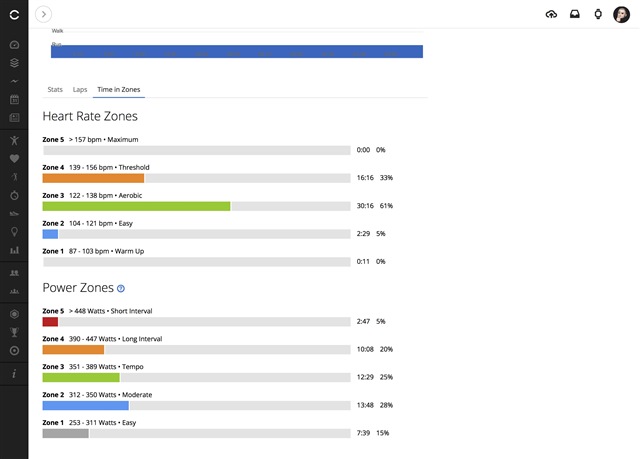Can someone please explain the meaning of the names of the Running Power Zones?
I can take an educated guess at Easy, Moderate & Tempo but Long Interval & Short Interval? Does it refer to an interval session? Does it mean I was in that zone for a short interval and likewise a long interval? Or this is the Wattage Zone you can maintain for a short interval and likewise a Long Interval?
Can’t find an explanation anywhere on the Garmin site under Running Metrics?
Would be nice if Garmin would update the site with an explanation?



